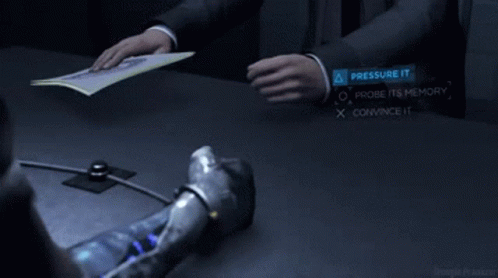Sjmarf
- 103 Posts
- 12 Comments
Or do think there’s something special about the person that makes them flip tails more often?
Yes, that’s the conclusion that the scientist has come to. The chance of getting 20 in a row is so extraordinarily unlikely that it’s reasonable to conclude that the chance is not 50/50 for that particular surgeon.
The normal person thinks that because the last 20 people survived, the next patient is very likely to die.
The mathematician considers that the probability of success for each surgery is independent, so in the mathematician’s eyes the next patient has a 50% chance of survival.
The scientist thinks that the statistic is probably gathered across a large number of different hospitals. They see that this particular surgeon has an unusually high success rate, so they conclude that their own surgery has a >50% chance of success.
not() is a base function that negates what’s inside (turning True to False and vice versa) giving it no parameter returns “True” (because no parameter counts as False)
Actually,
notis an operator. It makes more sense if you writenot()asnot ()- the()is an empty tuple. An empty tuple is falsy in Python, sonot ()evaluates toTrue.

 5·2 months ago
5·2 months agoOh, really? That’s disappointing to hear; I had no idea he was like that.

 20·2 months ago
20·2 months ago
Oh hey, it’s the Minecraft guy

 2·2 months ago
2·2 months agoDoes he know the kings of England, does he quote the fights historical?
Let’s not forget Hitachi

It says “hot surface do not touch” in full, actually. Braille uses single characters to represent some common letter combinations (“touch” is “t” + “ou” + “ch”). The words “do” and “not” are each contracted to a single letter (“d” and “n” respectively).







Google may not have enabled them in your region. Here in the UK they just appeared for me one day, a few months after I initially saw screenshots of them online. I didn’t do anything to enable them.